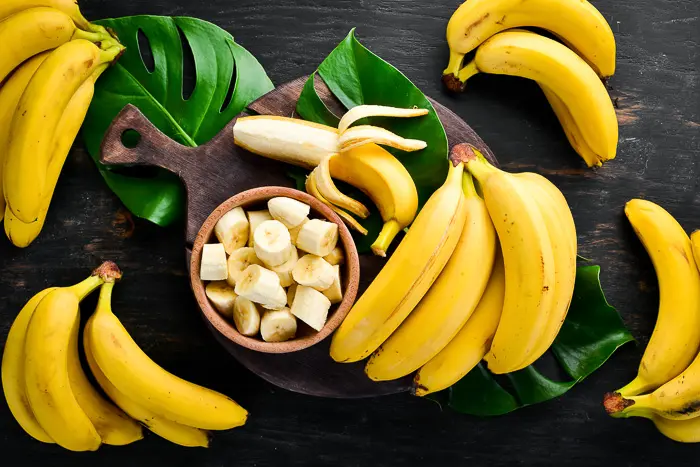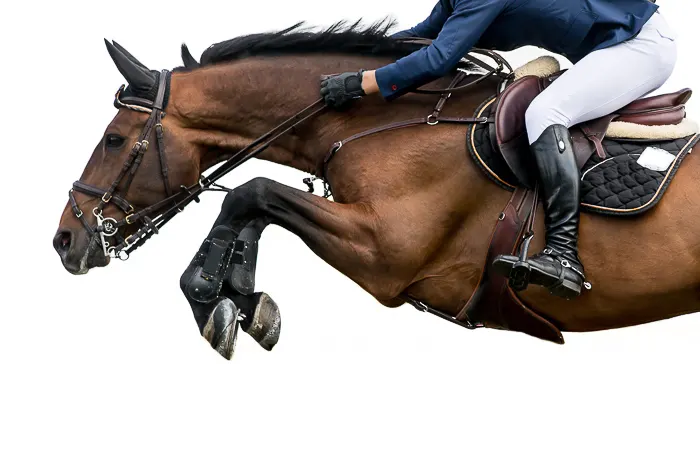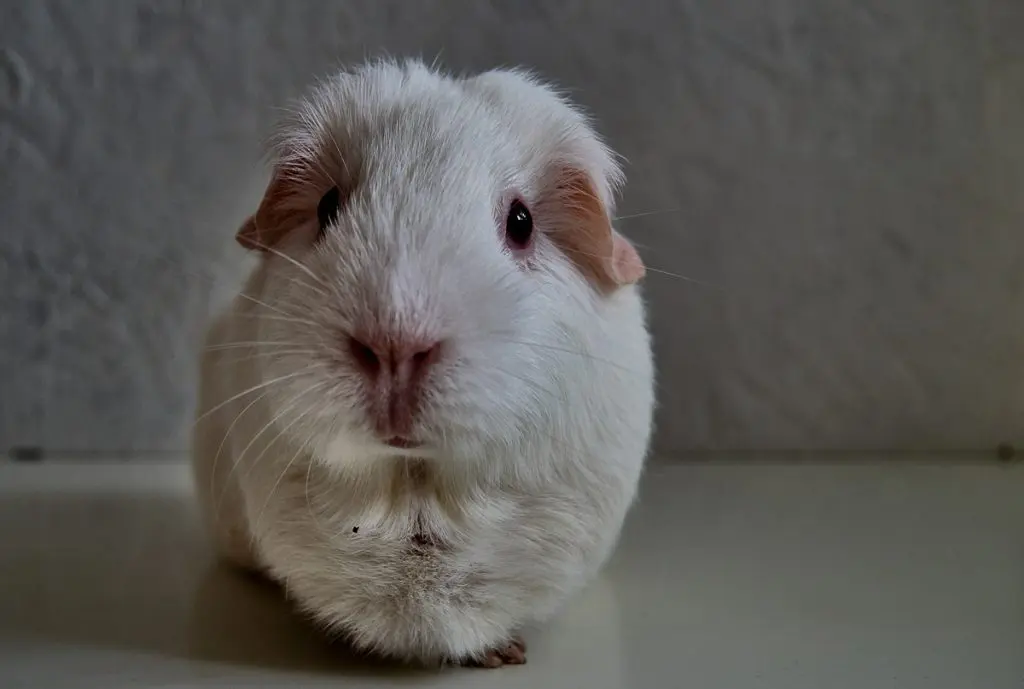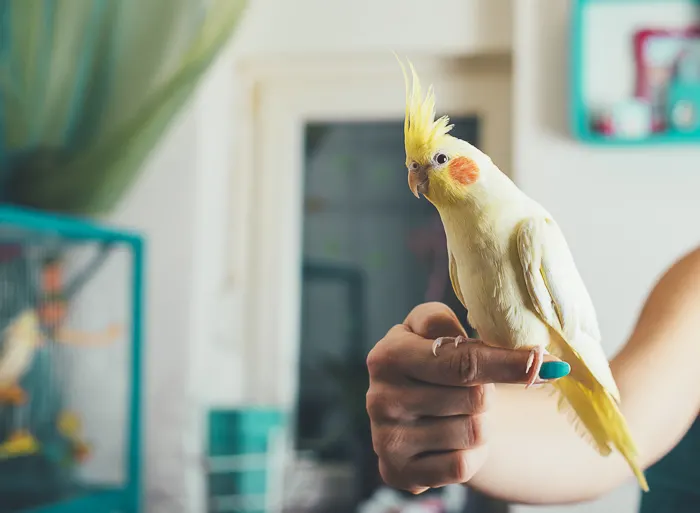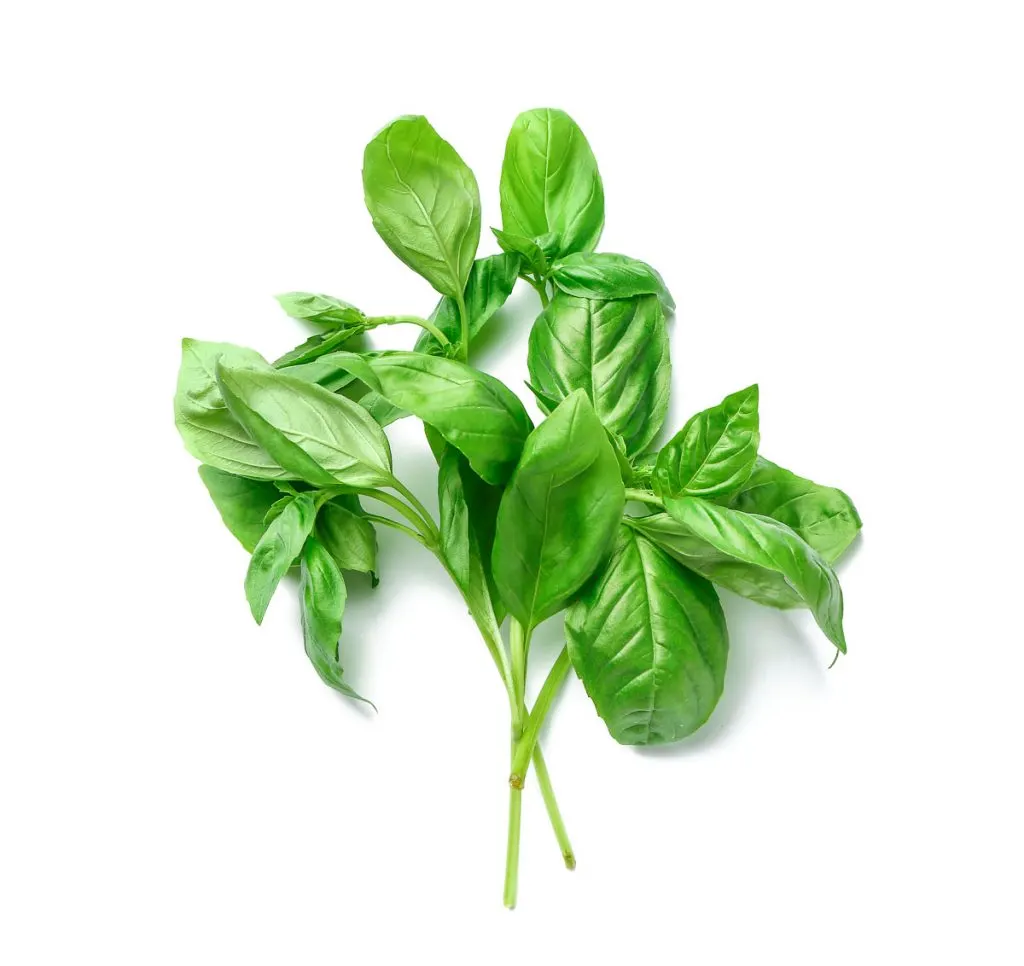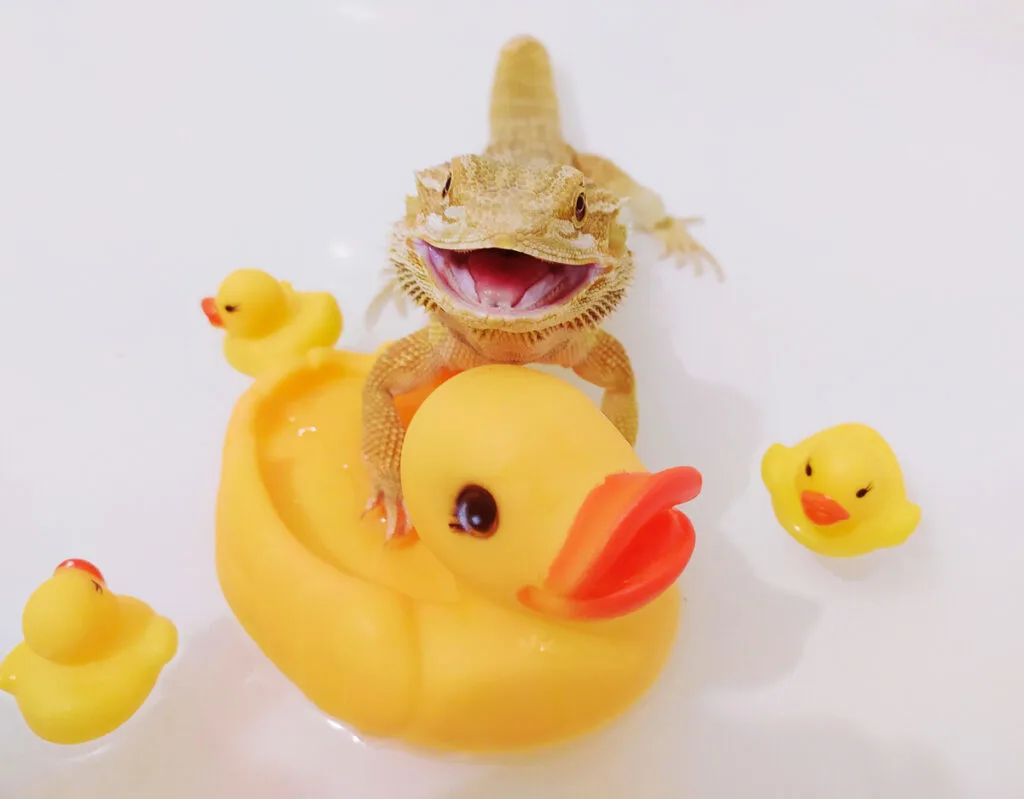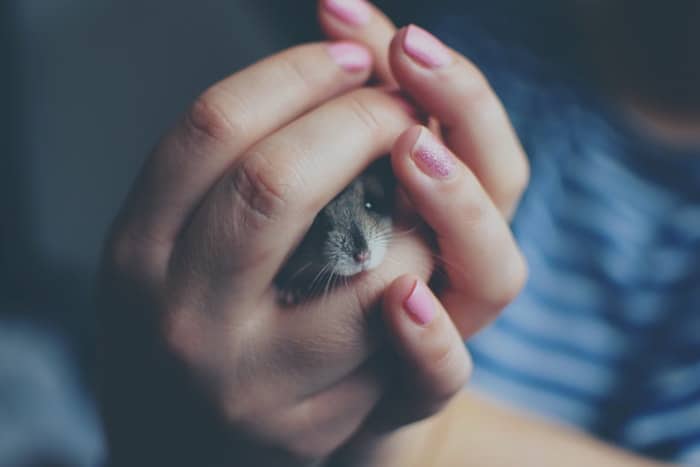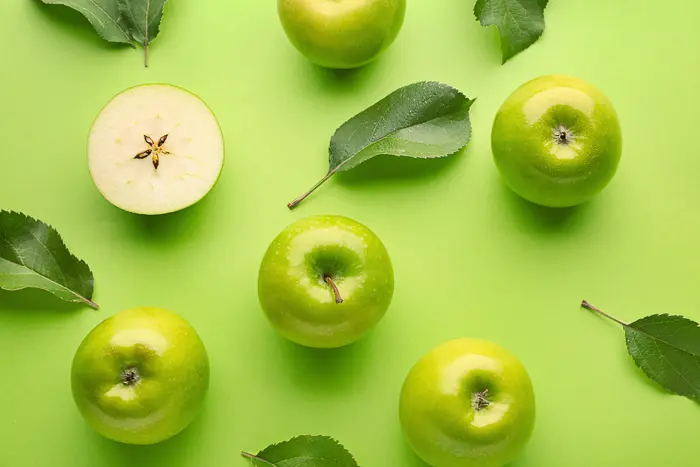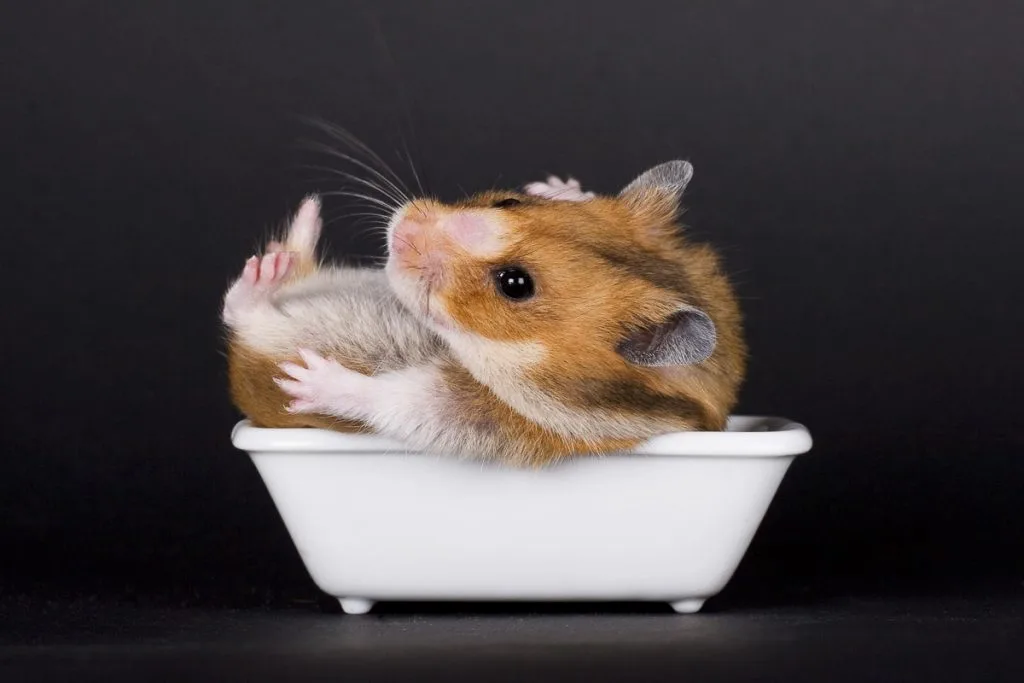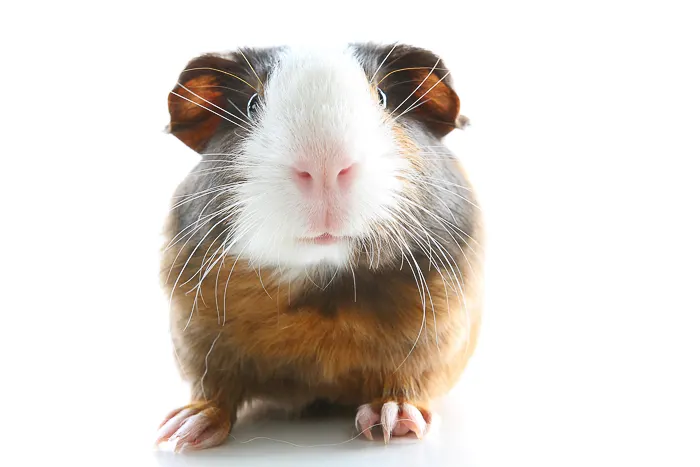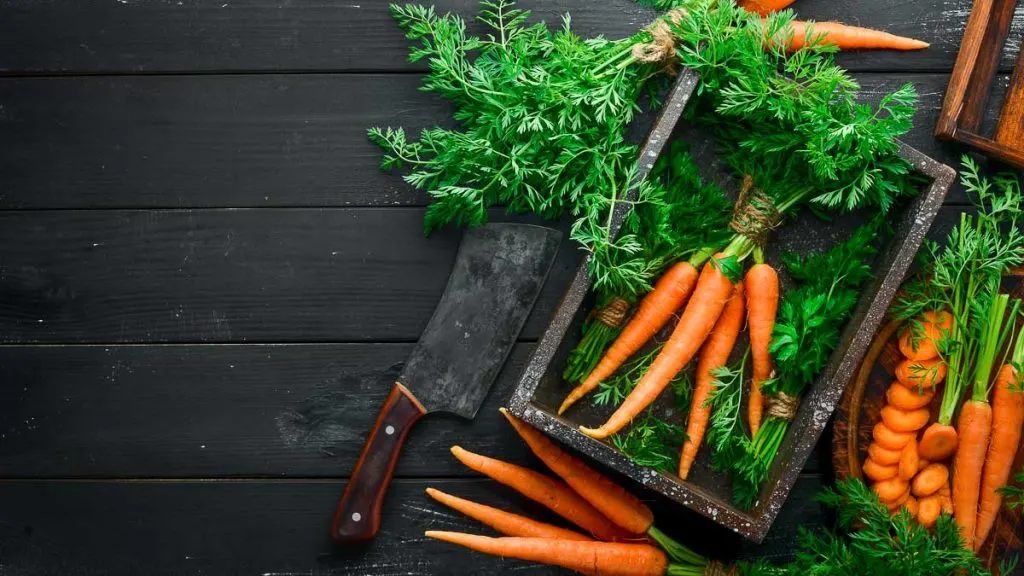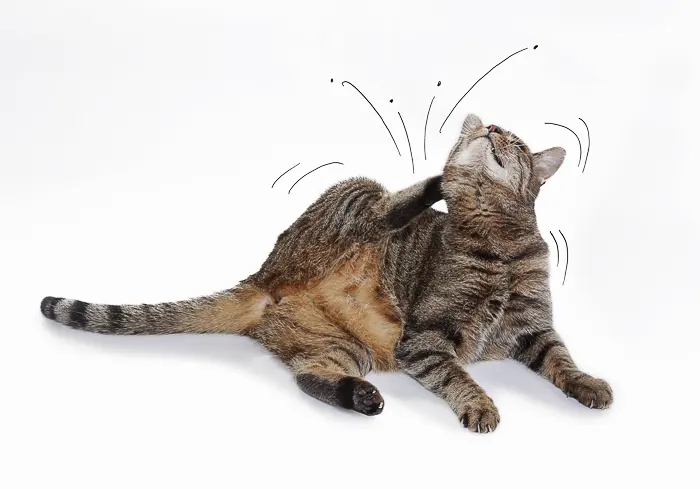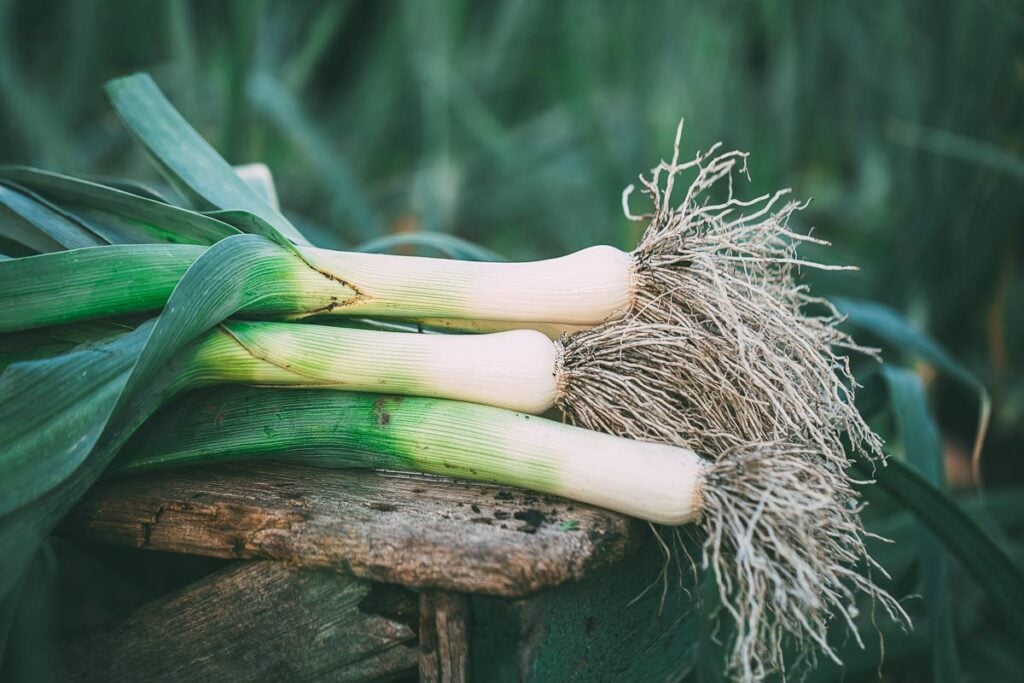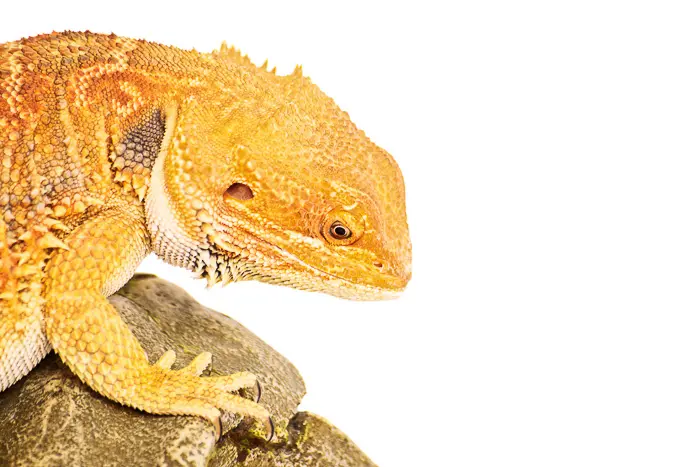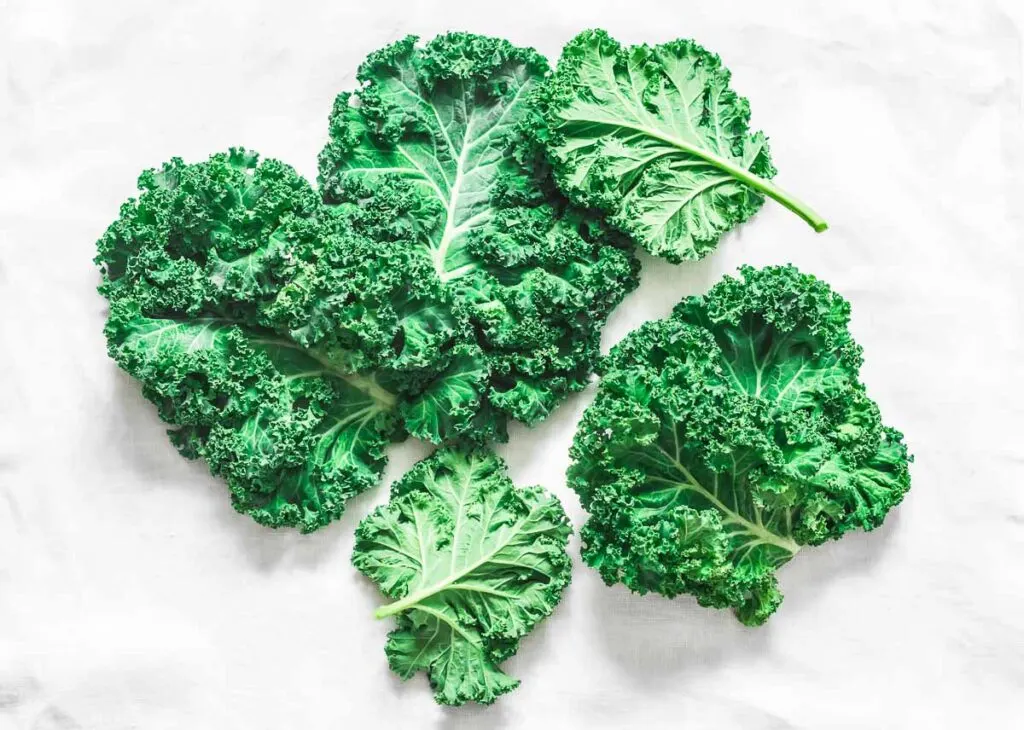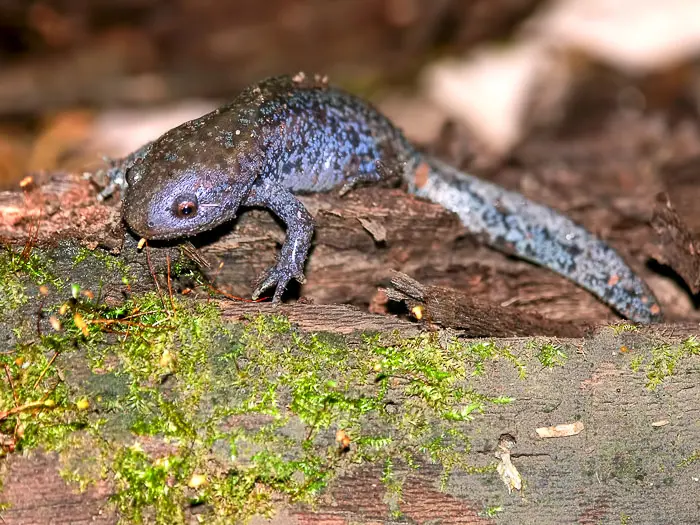Guinea pigs like to snack on a lot of different tasty treats, many of which you can find in your fridge. One of those tempting foods may be the peaches hanging out in your kitchen. But can guinea pigs eat peaches?
Dr. Jess explains the answer below:
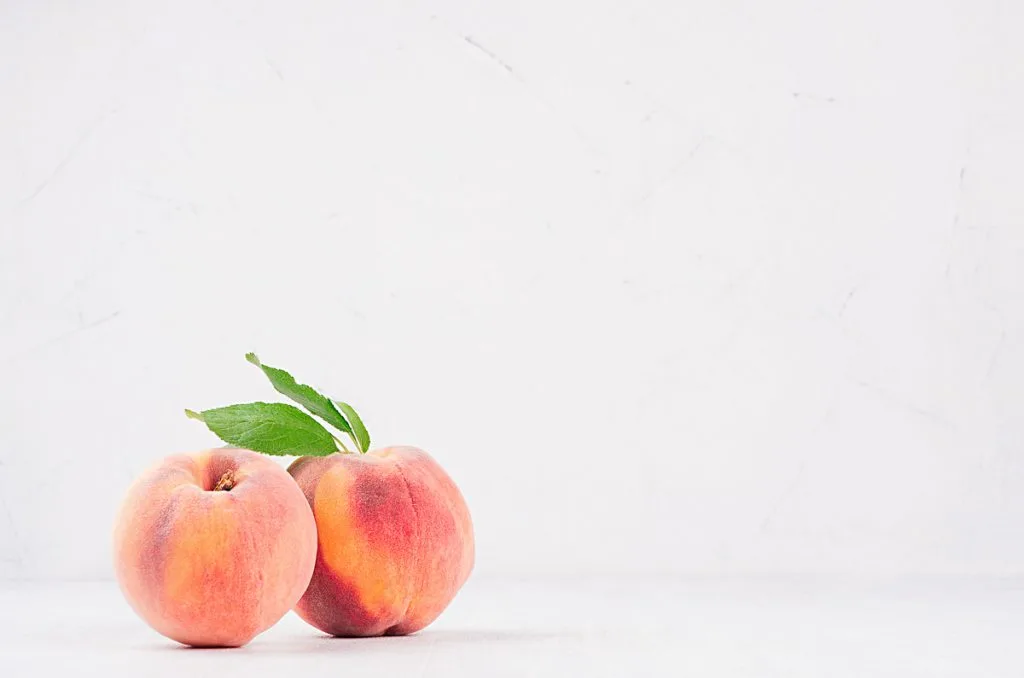
What is a Guinea Pig?
A guinea pig is a type of pocket pet that resides in the cavie family of animals.
They are small animals that grow to a maximum of approximately 10-11 inches long, and can weigh up to 2.5 pounds as an adult.
In captivity and with proper care it is fairly common to see these pets live to 8-10+ years of age.
One of their main anatomical (body) “quirks” is that they are constantly needing to chew in order to file down their teeth, as their teeth are constantly erupting (growing longer).
They are quite playful animals and love to socialize with the ones that they know and love.
They make great pets for responsible pet owners, and those living in small dwellings wanting a loveable pet that comes in a small package.
What Do Guinea Pigs Typically Eat?
Guinea Pigs eat an assortment of things to keep them healthy and happy.
- High-quality guinea pig food and Timothy hay should be the main staples of their diet.
- Up to about 10% of their diet can be made up of an assortment of vegetables and fruits, with fruits and vegetables over 12-24 hours old being discarded as soon as possible.
- They require 30 – 50 mg of vitamin C daily from their diet, either in their guinea pig food, a vitamin supplement, or from fruits and vegetables that are high in vitamin C. I’ll get to this more here in a sec…
- Guinea pigs do best with diets low in fats and sugars.
- Clean, fresh, filtered, chlorine-free water. ‘Fresh water‘ means that is is changed daily. ‘Changed daily‘ means that new water is placed into a CLEAN water dispenser!
Let's Talk Peaches:
The peach tree is a flowering tree that is considered a perennial, which means that it can survive and come back year after year.
The tree produces medium round fruit that is either a shade of orange, yellow, red, gold or white.
The delicate flesh of the fruit itself actually typically becomes more colorful as it becomes more ripe and can become bruised from rough handling quite easily.
When ripe, they have a sweet taste and once their fuzzy skin has been punctured, a juicy fruit inside along with a stone or pit which houses the large seed.

Peach Health Benefits:
Peaches are a very popular fruit because of their sweet flavor, colorful red-to-orange exterior, and its many uses in cooking, especially in pies, canning, and in salads.
Peaches have many nutritional benefits as well as delicious benefits.
“According to a recent Wikipedia article,Raw peach flesh is 89% water, 10% carbohydrates, 1% protein, and contains negligible fat. A medium raw peach, weighing 100 g (3.5 oz), supplies 39 calories, and contains small amounts of essential nutrients, but none is a significant proportion of the Daily Value”
https://en.wikipedia.org/wiki/Peach
1. Vitamins and Minerals:
Peaches contain many vitamins and minerals, including vitamin A, C, E, and K.
They also contain potassium, Niacin, copper, and manganese. Potassium is an essential electrolyte that helps cells function. Potassium may help reduce the risk of high blood pressure, strokes, and even kidney stones [source].
2. Antioxidants:
Peaches contain antioxidants [source] that may help to prevent cell damage that harmful free radicals can cause. These antioxidants can help with things like preventing certain cancers and diseases.
3. Sugar Levels:
With how sweet their taste is, it shouldn't come to you as a shock, that a peaches contain a high amount of sugar, just like many other sweet fruits.
This means that peaches need to be fed carefully to those pets that have metabolic conditions such as diabetes in which blood sugar levels can be an issue.
4. Water Content:
Juicy peaches have a healthy concentration of water that can help keep small bodies more hydrated. Just make sure not to over-indulge your little critter, because too much water is not a good thing either!
Fiber:
Peaches also have a fiber content that is larger than many other common fruits [source].
This is great because fiber helps with satiety, keeping the pet feeling full after eating for longer as well as helps keep the gastrointestinal tract moving and flowing smoothly as it should.
The Importance of Vitamin C For Guinea Pigs
Like humans and certain other animals like birds and bats, guinea pigs do not have the ability to make vitamin C.
Instead, guinea pigs must get this essential nutrient from the foods they eat in their diet.
Guinea pigs in the wild get their vitamin C from fresh grass sources.
Pet guinea pigs receive supplemental vitamin C from leafy greens, fruit and veggies, specialty fortified pellets or supplemental droplets placed in their water bottles.
Can Guinea Pigs Eat Peaches?
After reading up on some of the health benefits and some of the risks that the consumption of peaches brings with it, wouldn’t it be nice it you could just safely feed it to your pet guinea pig?
Well, you can feed your guinea pig peaches…. but only in moderation. This means – in SMALL amounts!
Moderation = 1-2 teaspoons of peach are enough fruit for one guinea pig.
Because peaches are high in sugar, you must not feed it in excess to guinea pig or obesity and other health issues can arise.
Another reason to not feed too much peach to your guinea pig is the fact that peaches contain acids.
Because peaches have more acidity than some other fruits, you should not feed them in excess to guinea pigs because serious health issues (mouth sores, etc.) can arise from too much acid in their diets.
Diet Tip:
In total, your guinea pig should have around 1/4 – 1/2 cup of fresh fruits and vegetables combined everyday, and no more than that.
And that 1/4 – 1/2 cup should not consists solely of peaches!
Remember, peaches are an acceptable treat to feed to guinea pigs as long as it is an occasional treat.
If your piggy does not eat the fruit, it will only sit in their cage and get old and eventually become unsafe to eat.
If your pet does not eat all of their 1/4 – 1/2 cup of fruits and vegetables within 12-24 hours, then you need to dispose of it for them.
The rest of their diet, the other 90% or so, should be made up of guinea pig food and hay.
You should feed this amount no more than 1-2 times per week and no two days in a row.

Is It Healthy For a Guinea Pig to Eat Peaches?
A peach contains some essential nutrients including potassium, niacin, and Vitamin C, that can be helpful in keeping your cavy healthy.
Vitamins and minerals also has some other potential health benefits for your pet guinea pig:
- Inflammation/Antioxidants: Multiple studies show that peaches are a great source of anti-inflammatory compounds that help in fighting against inflammation.
- Vitamins: A peach contains vitamin A, C, E, and K. Guinea pigs need vitamins to stay healthy and to allow their bodies to function properly. Vitamin C helps guinea pigs stay safe and adequately protected from diseases and strengthens their immune system.
- Diabetes/Blood Sugar: Peaches may help with glucose levels and glucose metabolism in the bloodstream.
May Reduce Inflammation
Multiple research studies have shown that peaches are a source of anti-inflammatory compounds, which effectively can help fight different forms of inflammation found inside the body.
As mentioned above, peaches are packed with these potential anti-inflammatory molecules called antioxidants, especially in the peach skin and flesh, which are rich in carotenoids and caffeic acid – antioxidants with anticancer properties [source].
Antioxidants are thought to help reduce inflammation inside the body by binding (attaching) to and suppressing (decreasing) inflammation-promoting molecules known as free radicals. [source]
Source of Fiber:
Peaches also contain a moderate amount of fiber, 2 grams in one medium, ripe fresh peach [source], which is an essential part of a guinea pigs diet as it helps in maintaining their digestive tract and gastrointestinal health.
How About Peach Stems and Peach Leaves?
Just like anything else that they can stick in their mouths, these items can be a choking hazard so I do not recommend offering your piggie these while snacking on this fruity treat.
There are other things you can give your guinea pig to chew on that would be better and safer for them.
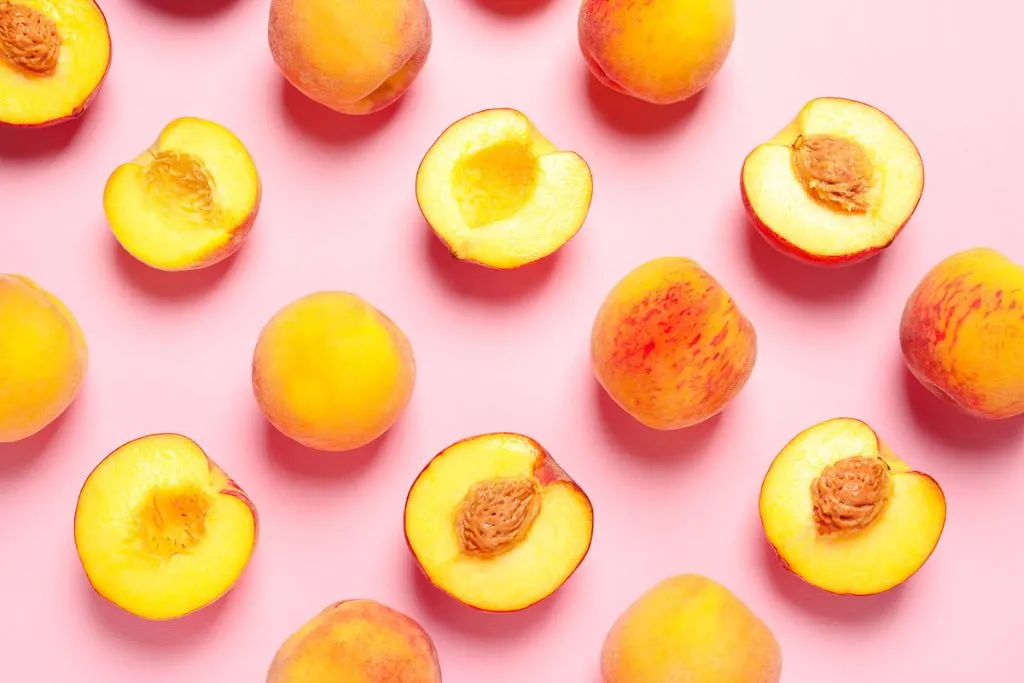
Can They Eat Peach Pits?
They definitely can not eat peach pits!
The peach seed is quite large and slippery.
The taste of the seed is also not favorable to your piggie so they likely won't even try eating it.
However, the large seed is a large choking hazard and should never be offered to your pet to eat.
Can Guinea Pigs Eat Canned Peaches?
I do not recommend feeding canned peaches to your guinea pig.
Canned peaches may contain additives and preservatives to increase their shelf life.
Also, canned peaches can contain even more sugar than fresh peaches, so they are even more dangerous for your pet to ingest.
Can They Eat Dried Peaches?
The higher sugar content of dried fruit such as dried peaches makes me always say a resounding no.
Do not feed your guinea pig any dried peaches pieces, stick with the fresh fruit.
Can They Eat Frozen Peaches?
Frozen peaches are quite hard and are a potential choking hazard, so I do not recommend offering your pet any frozen peaches, even if they are already in smaller pieces.
Can They Eat Peach Jam or Preserves?
No, no, nope.
Do not ever feed your guinea pig jelly or jam as these are high in sugar.
High sugar content is not good for your little friend, so please stay away from the jellies and jams!
How To Feed Peaches To Guinea Pigs:
Some Guinea Pigs will love the taste of peach and other piggies will find their favorite flavor elsewhere.
However, it is most often one of their favorite fruit to snack on.
So how do you safely feed peaches to your pet guinea pig?
For starters, make sure to wash the peach thoroughly, removing any possible dirt, chemicals, or pesticides.
Then you can cut the peach into bite-sized pieces.
Make sure to use a clean knife and cutting board that are food-safe to do the cutting.
How Much Peach To Serve To Your Guinea Pig?
When introducing your guinea pig to anything new, you’ll always want to take it slowly and be very careful.
Start off by offering your pet just a single small peach piece the first time, and then watch for about 12-24 hours for any adverse reactions, such as digestive upset, diarrhea, decreased energy, not eating, etc.
If your guinea pig shows any signs of distress or discomfort, then you’ll want to stop feeding the peach pieces and contact your veterinarian about the current situation for further guidance.
That being said, most guinea pigs take to peaches very well.
As long as your guinea pig shows no signs of an adverse reaction, you can gradually increase the amount of peach you are offering until they’re enjoying a full serving- which still isn't a lot of the fruit!
It’s best to give peaches once a week and to not exceed that.
You should serve no more than 1 – 2 small bite-sized peach pieces to your guinea pig a day and no more than once or twice a week.
Those few times a week also need to be spaced out – no two days in a row!
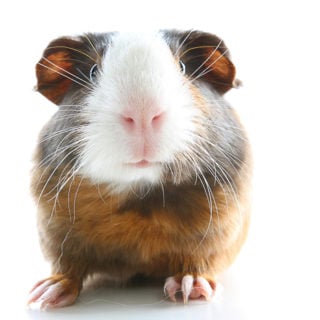
Are Peaches Harmful To Guinea Pigs?
Yes, it can be harmful if not prepared, served, and monitored appropriately.
Too big of pieces could lead to the potential of being a choking hazard. Not good!
If the peaches are not cleaned properly, then you leave your pet vulnerable to whatever was left on the herb, dirt, chemicals, pesticides, etc., which could potentially have harmful side effects.
Feeding too many peach pieces has its own set of issues to.
Guinea pigs can show digestive upset like diarrhea, decreased eating or anorexia, dehydration, lethargy, etc., that can lead to more dangerous health issues of not treated by your veterinarian.
Due to the sugar content and the small bodies of the guinea pig, guinea pigs are prone to becoming overweight (and also diabetes!) from eating too many fruits and snacks, such as peaches.
Fruits contain acids which can give your guinea pig some uncomfortable side effects. Increased acidity can lead to mouth sores and medical issues.
If your guinea pig shows signs of any of these after introducing them to any new food in their diet, contact your local veterinarian immediately for more help.
Alternative Foods For Guinea Pigs:
There are many fruits, veggies, and herbs that are good for your guinea pig and for you!
Unfortunately, some foods are toxic to guinea pigs that are not harmful to us.
For this reason, it is very important to research every new food you plan to give your guinea pig and its corresponding serving size.
Find out about other common foods that you may find in your kitchen.
Are these foods safe to feed your guinea pig?
- Pumpkin
- Pineapple
- Strawberries
- Oranges
- Squash
- Grapes
- Melon
- Asparagus
- Cilantro
- Raspberries
- Mangoes
- Zucchini
- Butternut Squash
Peach Summary:
Make sure to weigh the pros and cons of feeding peaches to your guinea pig before tossing them a delicious fruity snack, and if you do decide to give them a yummy treat, remember, it’s safe in moderation.
Moderation is small amounts on every once in a while.
If your pet experiences a change in their everyday activities, such as activity level, sleeping patterns, elimination patterns, or behavior, after eating a new food such as peaches, contact your veterinarian immediately for assistance on what to do next.
If you have any questions or concerns with feeding your guinea pig this juicy fruit, contact your veterinarian before attempting to feed it to your sweet pet.

The information provided in this article is not a substitute for professional veterinary help.
![[Vet Explains Pets]](https://vetexplainspets.com/wp-content/uploads/2024/09/cropped-vetlogo-199x66.png)

